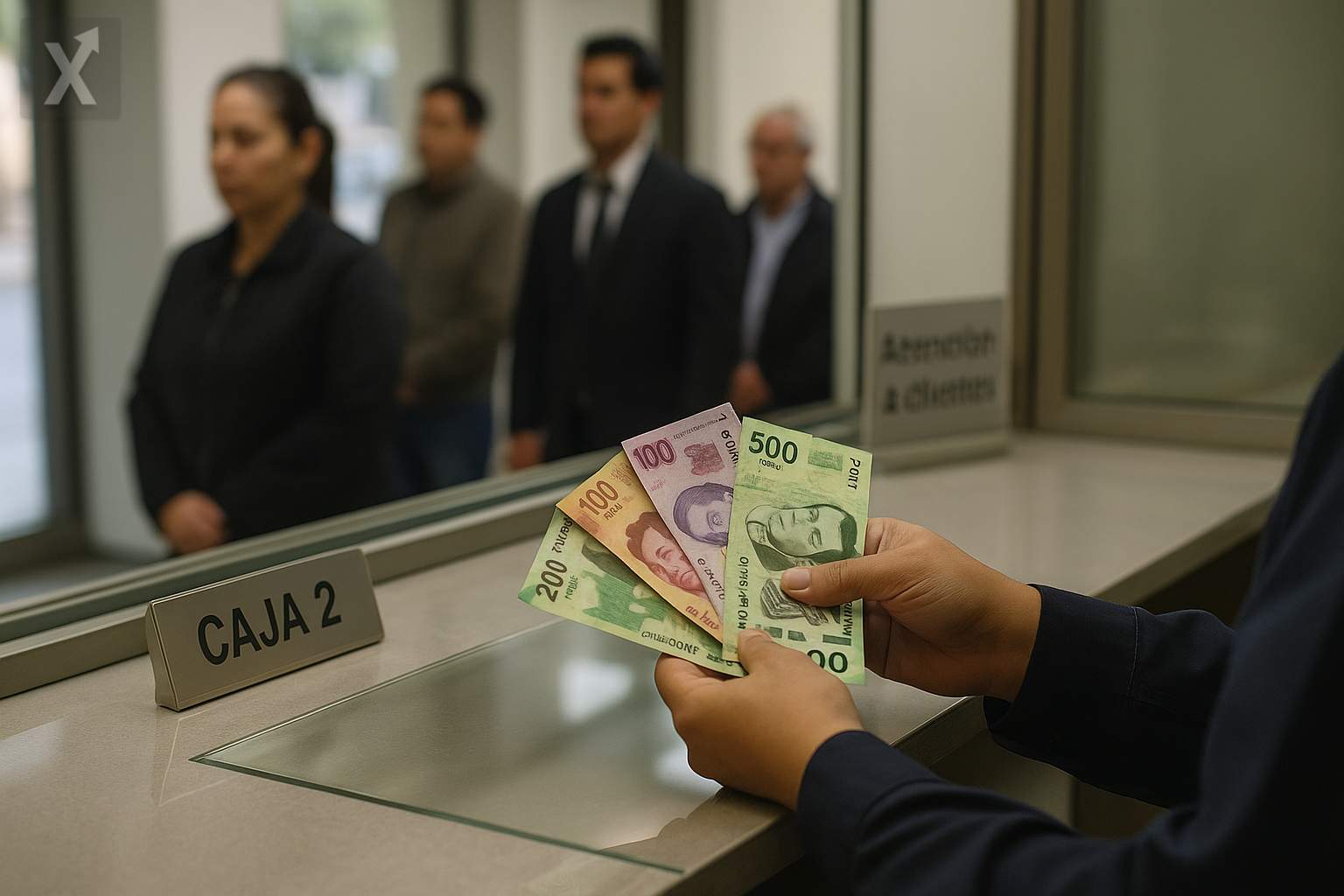Moderate Inflation in the US Rekindles Debate Over Rate Trajectory and Its Impact on Mexico

Inflation in the United States showed a moderate uptick in July, with a 0.2% monthly increase in the Consumer Price Index (CPI) and a 2.7% annual rate. Meanwhile, the core component rose 0.3% monthly—its largest gain in six months—reaching 3.1% year-over-year. Data from the BLS kept expectations alive for a possible Federal Reserve rate cut toward the end of the third quarter, though the upswing in core inflation could temper the pace of any monetary easing. For Mexico, the data is especially relevant due to its direct effect on the exchange rate, financing costs, and the pulse of external demand.
A more cautious Fed would mean the interest rate differential between Mexico and the US would remain an anchor for the peso, but it could also prolong high financing costs at a global level. In this context, Mexico’s central bank (Banxico) is maintaining a prudent stance: although domestic inflation has eased compared to the peaks of 2022-2023, service sector pressures persist and authorities have reiterated that any adjustment will be gradual and contingent on sustained convergence toward the 3% target plus or minus one percentage point.
The trade channel is also crucial. The US receives nearly four-fifths of Mexican exports, particularly in the automotive, electrical equipment, and electronics sectors. More controlled inflation in the US typically supports consumption, but persistent high prices in core segments may limit demand for durable goods. At the same time, potential cost increases resulting from tariffs or higher logistics expenses in the US could spill over into supply chains integrated with Mexico, squeezing margins and raising export prices.
On the domestic front, Mexican consumption has been supported by record remittances and gains in real wages, while investment tied to nearshoring remains a medium-term growth driver. However, making this materialize depends on resolving bottlenecks in infrastructure, energy, and water, as well as on further reducing logistics costs and improving regulatory certainty. A less accommodative Fed for a longer period could make project financing more expensive and require higher returns, making efficient execution even more critical.
For Mexican public finances, the cost of debt and the path of global yields remain key variables. Following a sizable deficit in 2024, markets are monitoring signs of gradual fiscal consolidation in 2025-2026. Any delay in Fed rate cuts would increase refinancing costs and could limit fiscal space, while a more volatile peso makes hedging costlier and exposes the debt-to-GDP ratio to greater swings.
The peso will continue to react to US inflation and job data surprises. If the data supports a disinflationary scenario, risk appetite could improve and provide Banxico with some room to implement measured rate cuts; conversely, if US core inflation remains high, flows into dollar assets and the relative strength of the greenback could reignite episodes of peso volatility, requiring a tighter monetary stance in Mexico for longer.
Beyond external factors, the local inflation path will depend on service sector trends, unit labor costs, and the speed of exchange rate pass-through. High-frequency indicators for consumption, manufacturing, and employment—alongside inflation and growth expectations surveys—will be crucial to anticipate the next steps in monetary policy. At the same time, foreign direct investment inflows linked to production relocation and remittance trends will remain key buffers against external shocks.
In short, the moderation in US headline CPI coexists with a still-sticky core, hinting at a cautious Fed and an external environment less favorable than markets have priced in. For Mexico, this translates into an exchange rate sensitive to surprises, limited room for Banxico rate cuts, and the need to boost competitiveness—namely infrastructure, energy, and the rule of law—to turn nearshoring’s momentum into sustained growth.






